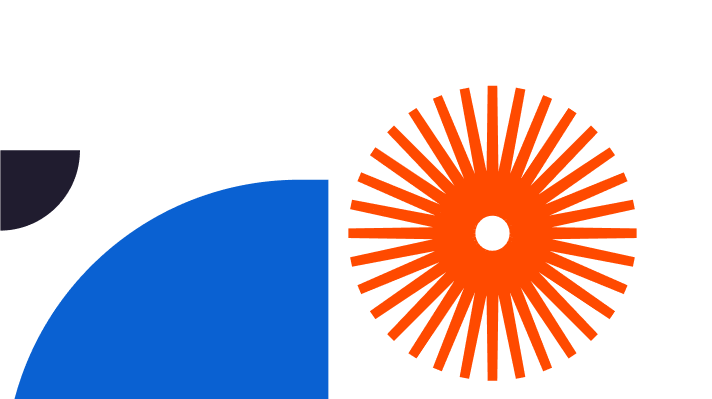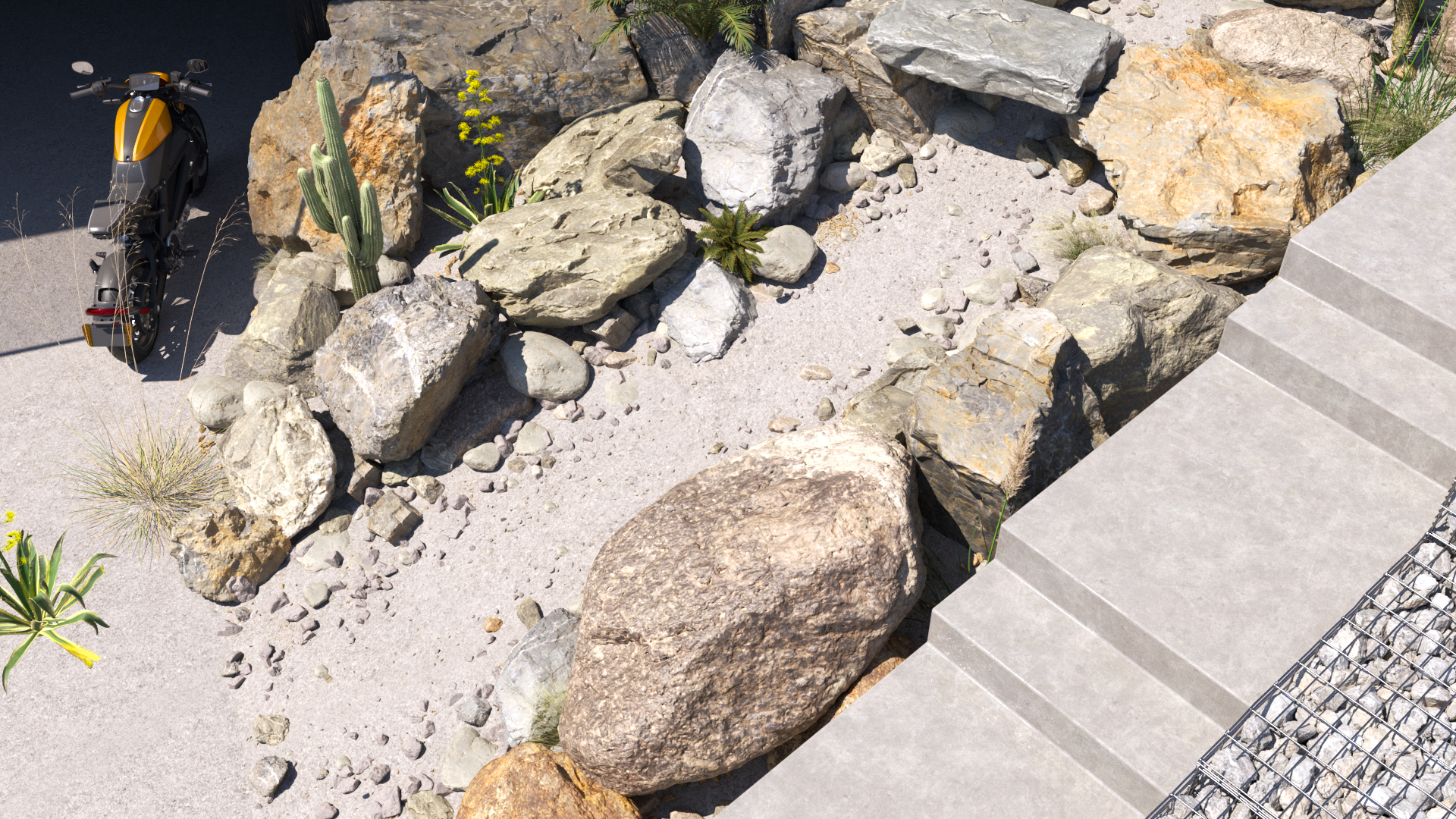
What is V-Ray? How does V-Ray work? And what is V-Ray used for? If you’ve never come across it in your SketchUp life, you’re going to love V-Ray. This is how you create beautiful, convincing still and animated versions of your 2D and 3D models. The results are inspiring and attractive, the perfect resource to convince your stakeholders, get informed ‘yes’ decisions from clients, and see for yourself how your designs look when brought to real-feeling life. Read on to discover what V-Ray is, what people like you use it for and how it works. By the end of this article you’ll be keen to download the tool and get going.
What is V-Ray?
So what, exactly, is V-Ray? V-Ray is a commercial plugin for third party 3D computer graphics software applications like SketchUp. Designers use it to produce stunning visualisations and computer graphics in industries like the media sector, entertainment, film and video game production, industrial design, product design, and of course architecture, landscape design and garden design.
The V-Ray application has been created and developed by the respected Bulgarian software company Chaos. V-Ray for SketchUp gives you all the 3D rendering software capabilities you need to combine real-time and photorealistic rendering inside SketchUp. Whether you’re a seasoned professional user or a beginner, Chaos V-Ray is stacked with brilliant tools to make visually compelling renders and animations that bring designs to life.
Being so robust and packed with features, whatever the design task it’ll deliver perfect results every time to make your workflow flow better, save you time and hassle, and delight the people you’re designing for.
What is V-Ray Used For?
V-Ray focuses on rendering. Rendering, also called image synthesis, involves generating a photorealistic or non-photorealistic image from a 2D or 3D model using software to analyse and configure remarkably real-looking and attractive imagery. The image created by the software is called the render.
V-Ray is popular with a broad range of people in all sorts of sectors, all of whom use it to transform their designs into awesome photo-realistic and creative images. As you can imagine architects in particular love the tool’s outstanding capabilities, as do their clients, simply because it turns flat architectural designs into extremely real-looking, wholly convincing images.
How does it create magic? It’s a bit like having a virtual camera inside SketchUp. V-ray uses something called ray-tracing, a clever way to build an image by tracing the paths of light from the camera through pixels in an image plane, then cleverly simulating the effects as it comes across virtual objects. Creating different effects simply means the programme traces different rays.
Expressed another way, V-Ray is a rendering engine that harnesses illumination algorithms like path tracing, photon mapping, irradiance mapping and something called ‘directly computed global illumination’ to build real-feeling imagery and animation. It illuminates exteriors and interiors with natural light using either the Sun and Sky system or a Dome light to set up image-based lighting. The resulting scenarios are presented as thumbnails for you to easily apply to your scene, to see which you like best.
There’s more. You can also use V-Ray to make amazing animations. It cleverly renders the animation sequence as separate frames which you join together later to make an animated clip. No wonder it’s so popular with everyone from architects and product designers to Interior designers and landscape designers, as well as artists, animators and all sorts of other creative types.
How Does V-Ray Work?
Next, let’s dive into exactly how people use V-Ray in SketchUp. Your first task is to check that both the computer you’re using and the version of SketchUp meet V-Ray’s requirements. First, know that V-Ray is supported for 64-bit operating systems and 64-bit versions of SketchUp. Processor-wise you’ll need an Intel* 64, AMD64 or compatible processor with SSE4.2 support.
A minimum 8 GB RAM is essential but 16 GB RAM is recommended. You’ll need at least 2GB hard disk space but again, 12GB is recommended, including extra downloadable content. For TCP/IP, the system only supports IPv4, not IPv6, and your ideal operating system is Windows 10 or Windows 11. Last but not least, you’ll need to use SketchUp 2019, 2020, 2021, 2022, or the latest version, 2023.
Next, how to install V-Ray. It’s a simple task:
- Download the V-Ray installer (it’s an .exe installation file)
- Open the .exe file
- Say ‘yes’ to the Licence agreement
- Click Install
- As a Windows user, it’ll ask you if you want to share anonymous usage data. We recommend you say yes, simply because it helps V-Ray’s developers improve the software even more
- Once it’s installed, sign in to your Trimble account to authorise the software
Once it’s installed you’ll see the V-Ray toolbar containing all the most popular V-ray tools. Now you can get cracking creating wonderful photorealistic renderings of your 3D designs, scenes and more. You can go play with exceptionally realistic light sources including light bulbs, neon lighting and the sun itself, revealing what your work will look like under different sorts of conditions. You can even change the light’s intensity and colour to add drama and excitement.
Then there are V-Ray’s materials, designed to make realism even more real. Add convincing textures, create beautiful real-looking materials like stone, wood, fabric, and even grass, all making your output even more true to life, and even more inspiring.
V-Ray and SketchUp Pro - Plans and Pricing
In answer to the question what is V-Ray: it’s brilliant. How does V-Ray work? Simply and intuitively. Now you know exactly what V-Ray is used for, by whom and how, and you’re keen to give it a try for yourself. You can check out the ins and outs of the free and Pro versions of SketchUp here, test-drive a free trial of SketchUp Pro here, or subscribe and buy SketchUp Pro right away. You can dive into a load of excellent tutorials and learning resources here, all free to use and readily available. And your SketchUp licensing options? There are special licences for commercial use, higher education, and even for primary and secondary schools. Whichever you choose, we hope you enjoy the journey!




